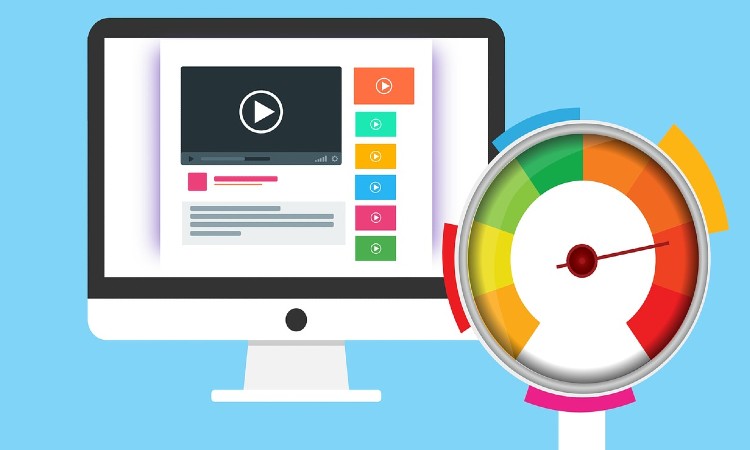Know How Image Optimization can increase your Page speed
Page speed has for quite some time been one of the key elements Google evaluates when relegating a site a SEO score. It was way back in 2010 that Google initially reported that it planned to begin figuring in page speed while deciding SEO scores, with resulting refreshes in 2018 and 2020 further setting its significance as a key SEO metric. The way that Google estimates page speed and the weight it provides for results have changed throughout the last decade.
There are numerous confusions about precisely what page speed is, the manner by which to further develop it, and its effect on a site’s by and large SEO score. Luckily, our SEO specialists are available to explain precisely what page speed is and how expert website specialists guarantee the sites they make are enhanced to deliver the best page speeds conceivable.
Recent Page speed Optimization Factors?
Since choosing to make page speed a vital factor in deciding SEO scores, Google has battled to track down the most ideal method of estimating it. There are various legitimate methods of estimating page speed, however Google has been searching for a solitary all inclusive strategy it can apply to any site. It has chosen three key measurements that it consolidates to quantify a site’s page speed: Largest Contentful Paint, First Input Delay, and Cumulative Layout Shift. Together, these are alluded to as Core Web Vitals. Utilizing these measurements, Google plans to quantify the apparent page speed rather than the verifiable page speed. The apparent page speed better mirrors the experience of a human client than the verifiable page speed when stacking a page.
– Largest Contentful Paint: The biggest contentful paint metric estimates what amount of time it requires to totally stack the biggest component (as far as information) in the viewport. For some sites, the biggest component is a picture, implying that picture enhancement is the main factor in deciding the LCP score. Be that as it may, render-impeding code, customer side delivering, and worker reaction times additionally have an influence.
– First info delay: The initially input postpone measures the time between an intelligent component stacking and becoming practical. Website specialists can advance FID utilizing code parting and lessening their dependence on JavaScript.
– Cumulative design shift: Cumulative format shift estimates how much site page components move around subsequent to stacking. Assuming a component stacks and seems prepared to utilize however is, moved far away by another component stacking, that considers a design shift. To lessen format shift, website specialists can change the size credits of page components and set their assets to stack in a particular request.
Since you get what page speed is and how it’s deliberate, we should investigate probably the best methods website composition experts use to streamline page speed and augment their SEO score.
Enhancing Images for the Page Speed Score
This is perhaps the least complex strategy for further develop page load speed. On the off chance that you don’t indicate picture measurements in your site’s source code, it can set aside effort for the client’s program to appropriately estimate media. In addition to the fact that it takes longer for components to stack appropriately, yet the resizing will cause on-page components to hop around and hurt your CLS score.
To stay away from issues with pictures and different media not stacking effectively, you should consistently set the stature and width of your pictures in your source code. Doing this will guarantee that any program will effectively ascertain the elements of any pictures and guarantee they have sufficient room to show appropriately. Having the right code set up should resolve most or all CLS issues for any site.
Continuously Use Next-gen Image Format for Better Speed
Some picture designs are superior to others for your site’s SEO. JPEG and PNG designs have been around for quite a while, and they’re the arrangements that a great many people know about. In any case, their quality and pressure attributes fail to measure up to more current picture designs like JPEG XR, JPEG 2000, and WebP.
WebP is quickly arising as the most loved decision of present day website specialists. WebP upholds both lossless and lossy pressure and can likewise deal with straightforwardness and liveliness. This, yet WebP pictures are more lightweight than PNGs and JPEGs of comparable quality. WebP has been around for some time, yet an absence of program support has eased back its reception. Be that as it may, since Safari added local help for WebP pictures, over 90% of programs have followed after accordingly and WebP pictures are currently more famous than any other time.

